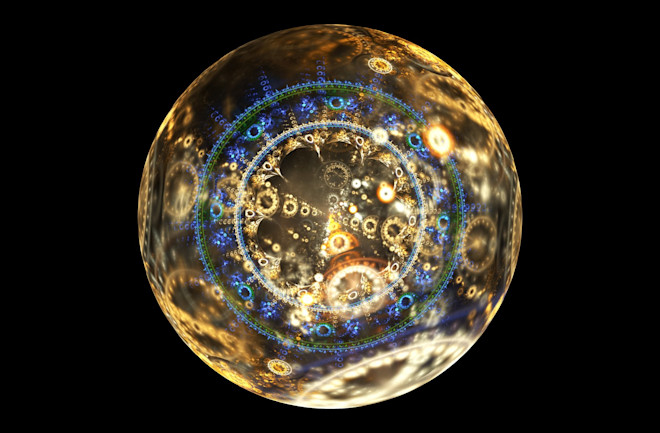Crystals form when energy is removed from certain materials forcing them to adopt new spatial structures. A key property of crystals is that when they form, symmetry becomes broken. Instead of the material being the same in all directions, it is the same only in some directions. It forms a periodic structure.
Back in 2012, the Nobel prize-winning physicist Frank Wilczek and his colleague Al Shapere struck on an interesting idea when contemplating this phenomenon. They reasoned that the laws of physics are symmetrical in time as well as in space, so this kind of behaviour should not be confined to spatial dimensions alone. Similar periodic structures, they decided, ought to appear in time as well. They called these structures time crystals.
That was an entirely theoretical leap into the unknown. But it triggered a flurry of head-scratching among physicists who began working out how to build time crystals. In 2016, they achieved it with a string of ytterbium ions cooled to their ground state but still able to interact with each other.

